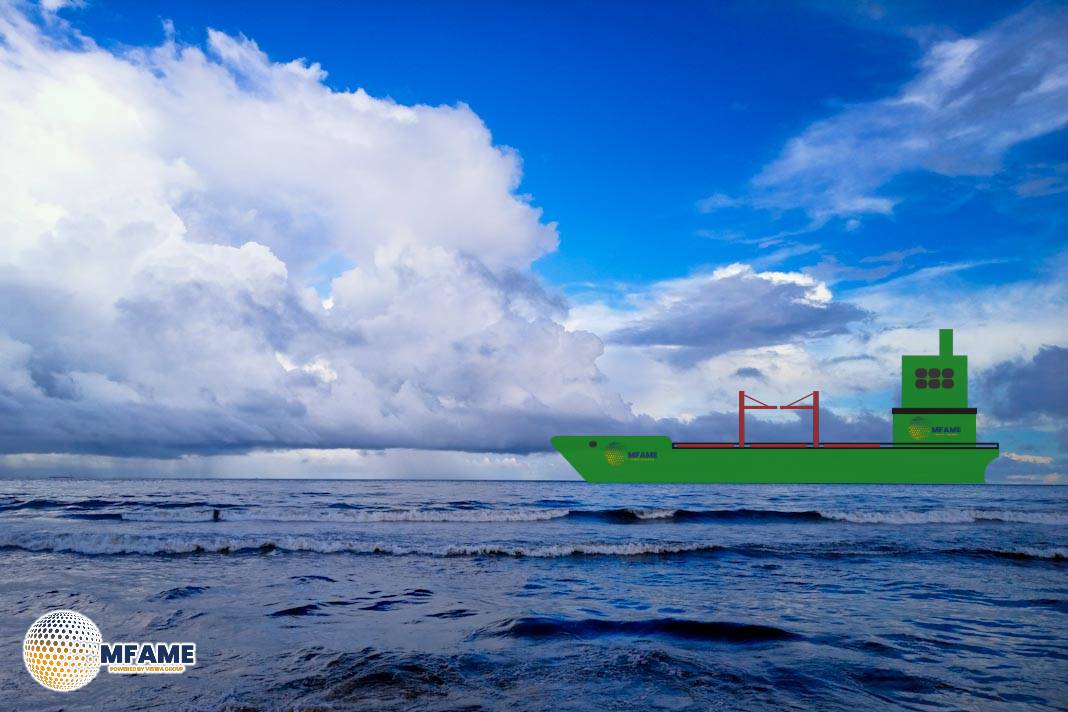 The EU-funded Optiwise project, part of the Horizon Europe programme, has reached significant milestones in developing advanced design and control tools for the Oceanwings wind propulsion system.
The EU-funded Optiwise project, part of the Horizon Europe programme, has reached significant milestones in developing advanced design and control tools for the Oceanwings wind propulsion system.
With the goal of promoting sustainable maritime transport, the project has made notable progress in enhancing aerodynamic predictions, structural performance analysis, and system control strategies.
Enhanced Design through CFD and FSI Integration
The project integrated Computational Fluid Dynamics (CFD) and Fluid-Structure Interaction (FSI) techniques to assess the OW363 Oceanwings system under realistic sailing conditions.
-
FSI studies revealed how aerodynamic forces and wing deformation interact, impacting lift generation and flow separation.
-
These insights enabled targeted design refinements, improving aerodynamic efficiency and structural reliability.
-
Wind tunnel testing confirmed many CFD predictions, though stall behavior discrepancies highlighted the need for model refinement.
Next Steps in Design Development
To overcome current limitations, future work will involve:
-
Integration of unsteady solvers and advanced turbulence models to better predict post-stall and dynamic effects.
-
Further exploration of localized pressure field variations to understand shifts in aerodynamic behavior due to structural flexibility.
These improvements aim to optimize wind-assisted propulsion, contributing to reduced CO2 emissions across diverse vessel types.
Intelligent Control Systems for Performance Optimization
Work Package 3 focused on evaluating control systems and their influence on Oceanwings’ energy efficiency:
-
Sail Control Systems: Filtering rapid changes in sheet angles negatively affected energy savings and manoeuvrability.
-
Propulsion Control Systems (PCS): Strategies like constant-speed control led to substantial energy savings.
This underscores that hardware performance is deeply tied to control behavior, highlighting the need for smart, adaptive control systems onboard.
Simulation Environment and User Interface Development
A virtual simulation platform was developed, modeling both Oceanwings hardware and ship sensors:
-
Allowed early-stage UI testing, reducing risks during real-world deployment.
-
Simulated bridge environments revealed that the system is intuitive and requires minimal training, encouraging broader adoption in commercial fleets.
Through its multi-disciplinary approach, the Optiwise project has delivered critical design, simulation, and control innovations for the Oceanwings system. The combination of accurate aerodynamic modeling, intelligent control integration, and user-friendly interfaces strengthens the case for wind propulsion in commercial shipping.
With partners such as Marin, Wartsila, RISE, University of Genoa, and others, Optiwise is laying the groundwork for a cleaner, wind-powered maritime future.
Did you subscribe to our Daily newsletter?
It’s Free! Click here to Subscribe!
Source: CLEAN SHIPPING ENERGY























